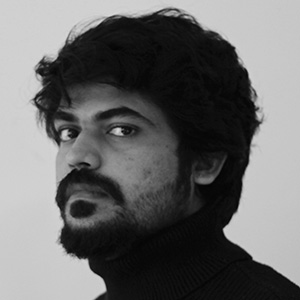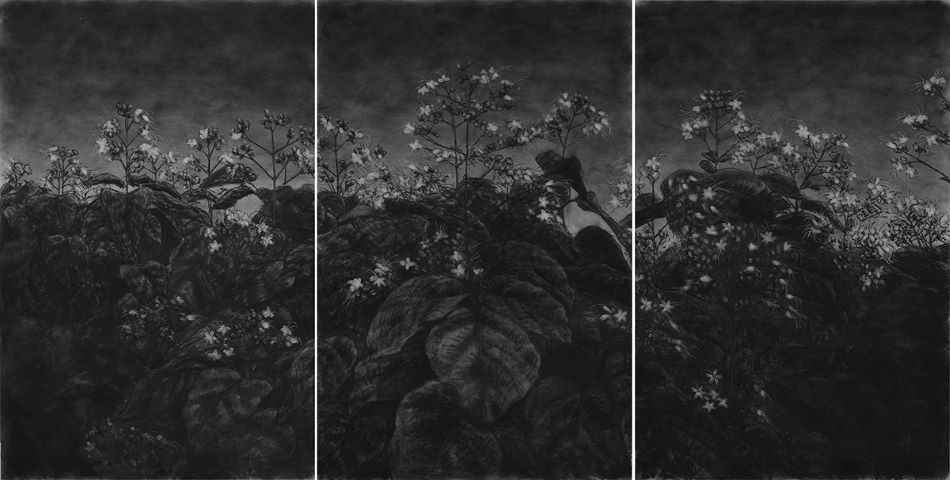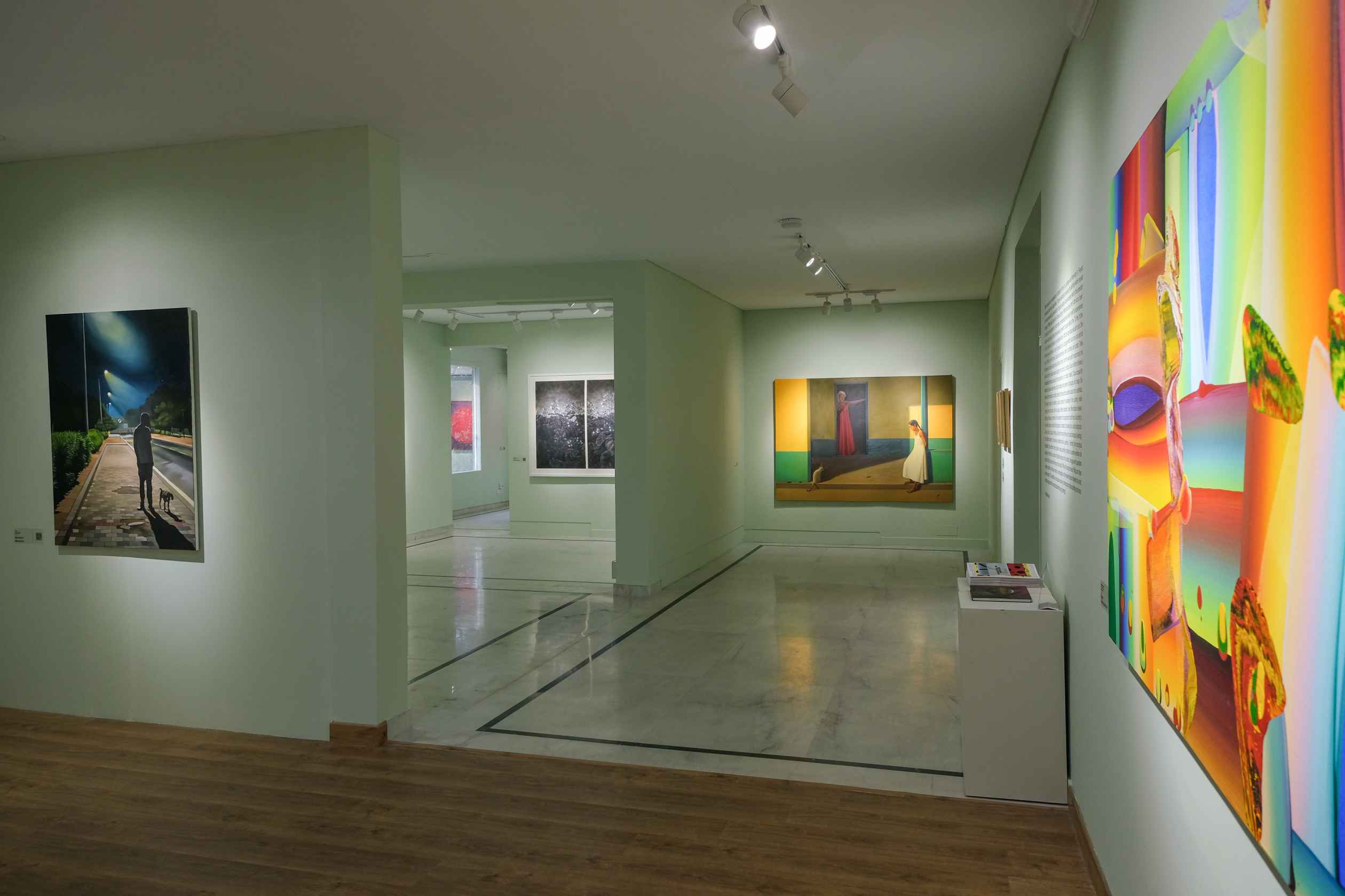While writing about her experience of standing in front of a painting and observing it, French feminist and critic Helen Cixous writes, begin analytically processing this painting which moved me, having remained lit up in my obscurity. I began by asking it and wondering: what is this emotion made up of? Where does it come from? Where is it going? What does it say to me? I am not a lover of paintings or of any other art, for that matter.
I am somebody who lends herself to experiences which are vital, decisive, coming from elsewhere, and which of course relate to me To me to the me I do not know, my unconscious, my receptive surface. Which is in any case peculiar to art. One receives a work, whichever it is, only if it speaks to us in a language which is at once ours and not ours.” Unlike many of her peers, Cixous has extensively written on painting and artists. These writings were not mainly categorised as criticism; rather; rather they were poetic responses to the work of art. In her in-depth personal reading of the practice of painting, Cixous neither followed a conventional art historical reading nor the parameters of art criticism. Instead, Cixous based her writings on personal observations and the complex entanglement of language and image. She delves into the materiality of painting rather than philosophical questions about art or aesthetics. The attempt through this exhibition is also to unravel the materiality of the painting, mainly engaging more profoundly with the surface. Walter Benjamins own differentiation between painting and drawing is anchored in the relevance of the background in both forms.
According to him, painting always conceals the background; in contrast, the drawing has a solid background. Taking a cue from Cixous's writings, but also from many other such crucial conceptual readings, this exhibition attempts to intensively understand what a painting is. Extending the conceptual possibilities, this exhibition brings together various painterly practices to examine whether the painting is the effect or an outcome of multiple revisions on the surface. It engages with questions such as: What is the role of the texture on the surface? Why is the surface revised? What are these revisions made for? Are these revisions a manifestation of the inherent tension between the artist and the medium?
This exhibition is an exclusive survey of contemporary Indian painting and invites artists to engage with this conceptual position through paintings











































